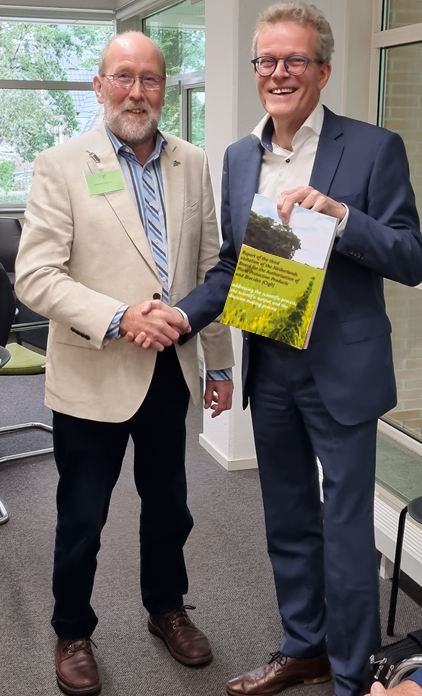Similar to a referee in a sports match
At the Ctgb, we are tasked with assessing whether products are safe when used as directed. European regulations provide frameworks and standards for authorising plant protection products and biocides. These regulations are the result of both a scientific process and a democratic process. They ensure a high level of protection for humans, animals and the environment, while also providing a level playing field. An authorised product must "have no harmful effect on human or animal health, or any unacceptable effect on the environment". This sounds well thought out, and it is; the legal frameworks for authorisation are indeed very strict.
Still, there are concerns about the use of plant protection products and biocides in society. This past summer, we saw residents go to court with their objections to the use of authorised products in their vicinity. At the same time, growers were unhappy because no exemption was provided for a product to control apple blossom weevil.
To help balance these conflicting interests, we make objective judgements, similar to a referee in a sports match. That is our role as a governmental agency. No more and no less, and that is what we stand for. We fulfil this role with maximum care.
I can understand that the various groups involved in the discussion sometimes feel that we have not adequately considered their interests and/or concerns. The two examples above show clearly how our decisions are viewed from different perspectives. However, the applicable regulations are always our guide for making responsible decisions. We are transparent about those decisions and we are happy to explain how we arrived at them. We did this previously and we will do this in the future while we continue to operate at the intersection of various interests. This is indeed what you would expect from a good referee.
Ingrid Becks
Secretary/Director




